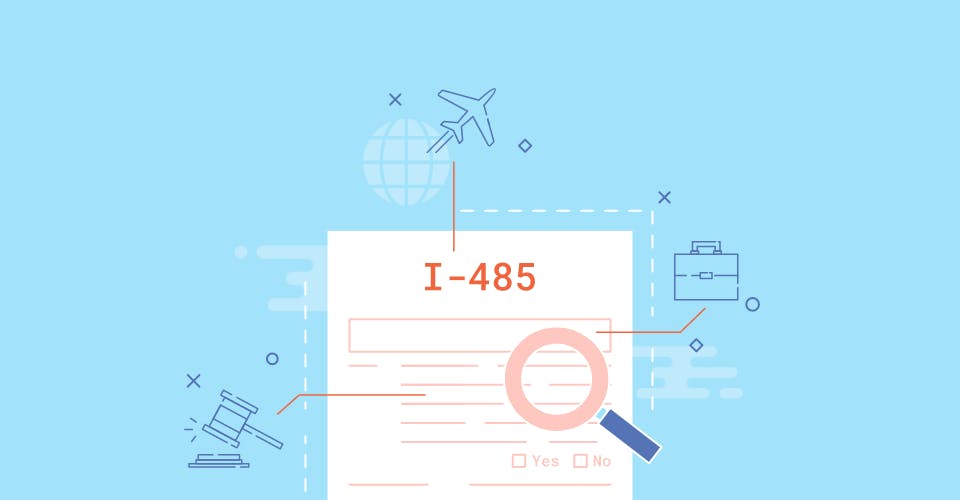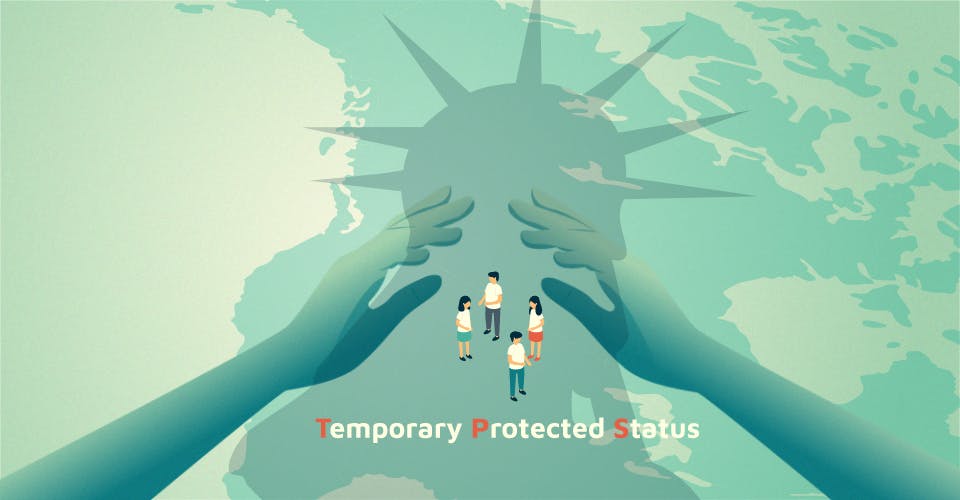As we have recently covered, green card wait times can be unpredictable. If you file an I-485 application and have your case transferred to a certain service center, you could be waiting up to a year or longer for a decision, and this does not include time factored into RFEs issued by the USCIS. In short, the I-485 adjustment of status process can be painfully long. As a result, immigrants live in the United States in a sort of limbo status, with limited protections and often dependent on spouses or other family members.
This is why it is important for the USCIS to keep reforming immigration, and also to seek ways to speed up the green card process. If the USCIS were to address several issues with applications and forms, it could offer ways to speed up individual cases, and eventually get rid of some of the current backlog. This blog will be dedicated to better understanding how the USCIS might be able to speed up green card processing, if they take serious consideration to a number of issues.
1. Create a shorter I-485 application
The Cato Institute cites that prior to the Trump changes in immigration, I-485 adjudication times averaged 6.8 months in FY 2016.[1] If that were the current rate, applicants would certainly be ecstatic. However, currently the USCIS is using an I-485 application that is 18 pages long, and includes many questions that might not even be relevant for most green card applicants. For example, if you download the I-485 application and scroll to Part 8-General Grounds of Inadmissibility, there are 80 questions that need to be answered in relation to U.S. security objectives, crimes, and much more. Surely this section can be shortened.
If the USCIS does end up creating or reverting back to an older application, it could shave off time adjudicating each application, and ultimately help create efficiency when it comes to green card wait times.
2. Stop Issuing RFEs based on Blank Space.
Across many different types of USCIS applications, the agency can issue an RFE to applicants if they leave a space blank or forget to fill in additional information (this could be the case for applicants who list the previous four addresses they have lived at, but forget to include the fifth in the “Additional Information” section). Because there is no electronic filing system for the I-485 application, this means that the USCIS needs to be manually file each case that is issued an RFE based on blank space. This ends up causing a huge delay in application processing each fiscal year.
3. Issue Work Permits to Those Who Have Married U.S. Citizens
While it is a standard procedure to have to apply for working authorization in the U.S., the fact of the matter is that having to adjudicate work permit applications for pending I-485 applicants represents an opportunity cost. The time an officer spends approving a work permit for a green card applicant is time wasted to finish adjudicating the original green card application. In other words, there should be a more efficient system of issuing work permits to those who need them, that way the USCIS can dedicate more time toward the existing I-485 applications in their possession.
Alternatively, the USCIS could issue a temporary permit to those who have successfully filed a green card (I-485 application). This would help create efficiency instead of having to go back to the original documentation to cross check someone’s identity.
4. Re-think Interviews for Routine Cases
Finally, the USCIS should re-think, or perhaps schedule online conferences for routine cases. The time it takes to send a U.S. based applicant an invitation to appear at a field office via the USPS, to actually seeing the applicant, is usually a 1-2 month process (sometimes longer). This process could be sped up by sending applicants an email confirmation for an invitation into a secure Zoom or Skype session.
Likewise, the USCIS should still schedule in-person interviews, but reserve these interviews for marriage green card applicants, or for cases where an officer deems it is necessary to see the applicant in-person. Allocating more cases to the online realm, or waiving the interview, could lead to faster processing.














